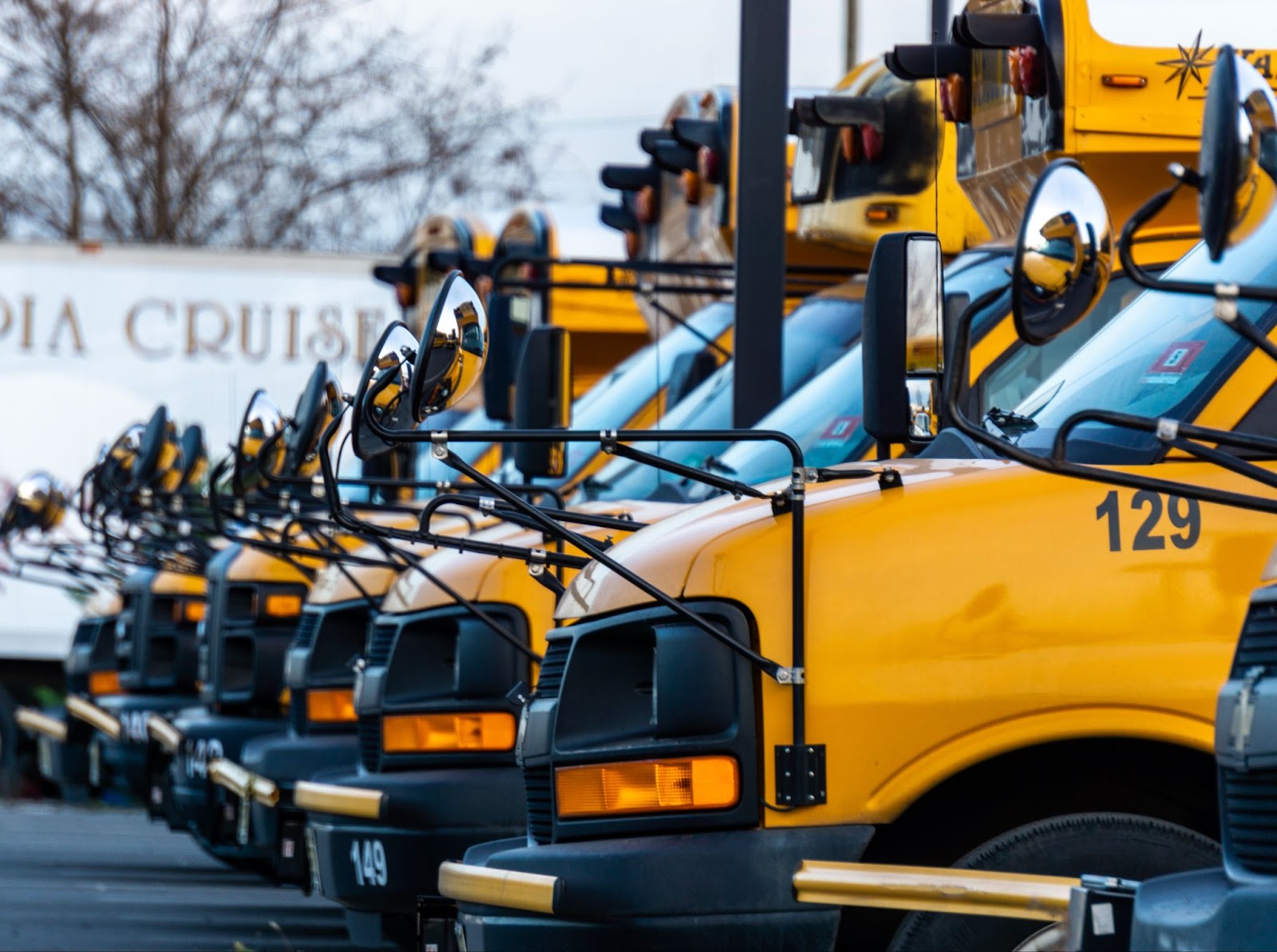Government bodies that have launched ambitious programs to cut carbon emissions and reach net-zero targets need to cast a wide net to involve every sector of society. In many states, that net includes school systems, which require a lot of energy and fuel to power facilities and transport students.
To help reduce the carbon footprint of school systems, federal and state government agencies have launched grant programs to promote clean energy. One of those states is oil-rich Texas, where the Texas Commission on Environmental Quality (TCEQ) oversees initiatives to reduce carbon emissions and promote sustainability.
One of those initiatives is the Texas Emissions Reduction Plan (TERP), which provides grant funding for purchasing newer, cleaner vehicles and equipment to replace outdated machines. Grants are available to people and businesses in industries such as trucking, farming, and construction. TERP also offers grants for electric or natural gas-powered passenger vehicles and money to implement new technologies.
In October, the TERP Governmental Alternative Fuel Fleet (GAFF) Grant program provided an $800,000 grant to the El Paso Independent School District (El Paso ISD) to help it reduce its carbon footprint and foster sustainability across its operations.
According to an Oct. 2 press release, the GAFF program was established to support state agencies in their transition to alternative fuel vehicles and their development of refueling infrastructure.
In the case of the El Paso ISD, the grant money will enable the district to expand its fleet of eco-friendly vehicles.
“We are thrilled to have been awarded this grant, which will propel our efforts to create a more sustainable future for our students and our community,” Oscar Anchondo, El Paso ISD director of transportation, said in a statement. “This funding represents a significant step forward in our mission to minimize our carbon footprint and enhance the overall environmental quality of our district.”

Photo Courtesy EPISD
The grant came four years after El Paso ISD took part in the Texas Volkswagen Clean Air initiative, in which it was the only district in its region to secure funding. Money from that initiative allowed El Paso ISD to transition its bus fleet from diesel to primarily clean natural gas.
As of October 2023, El Paso ISD was also actively pursuing a grant to upgrade its HVAC systems and install solar panels at two South Side campuses.
In addition, the district has allocated $59 million in Elementary and Secondary School Emergency Relief (ESSER) funding to revamp HVAC systems districtwide, making them more energy-efficient.
As NewsBreak reported, part of the $800,000 grant will go toward funding sustainability education programs for students and staff. These programs aim to raise awareness about the importance of sustainable practices while empowering people to “take action in their own lives.”
Meanwhile, “El Paso ISD has set multiple sustainability goals to reduce its carbon footprint” and operate more sustainably, according to NewsBreak. These include implementing power-saving measures in its buildings, increasing recycling efforts, and reducing its waste generation. The district also plans to encourage students and staff to adopt more eco-friendly transportation options such as public transit, biking, and carpooling.

Photo Courtesy Harrison Kugler
The work being done in Texas is part of a broader national movement to lower the carbon footprint at schools. The Bipartisan Infrastructure Law, signed in 2021, included the Grants for Energy Efficiency and Renewable Energy Improvements at Public School Facilities program. It provides funding to make public schools and their vehicle fleets more energy-efficient.
One part of that initiative is the $500 million Renew America’s Schools grant, launched by the U.S. Department of Energy to promote the implementation of clean energy improvements at K–12 public schools across the country. The goal is to help school communities make energy upgrades to lower utility costs, improve indoor air quality, and foster healthier learning environments.





